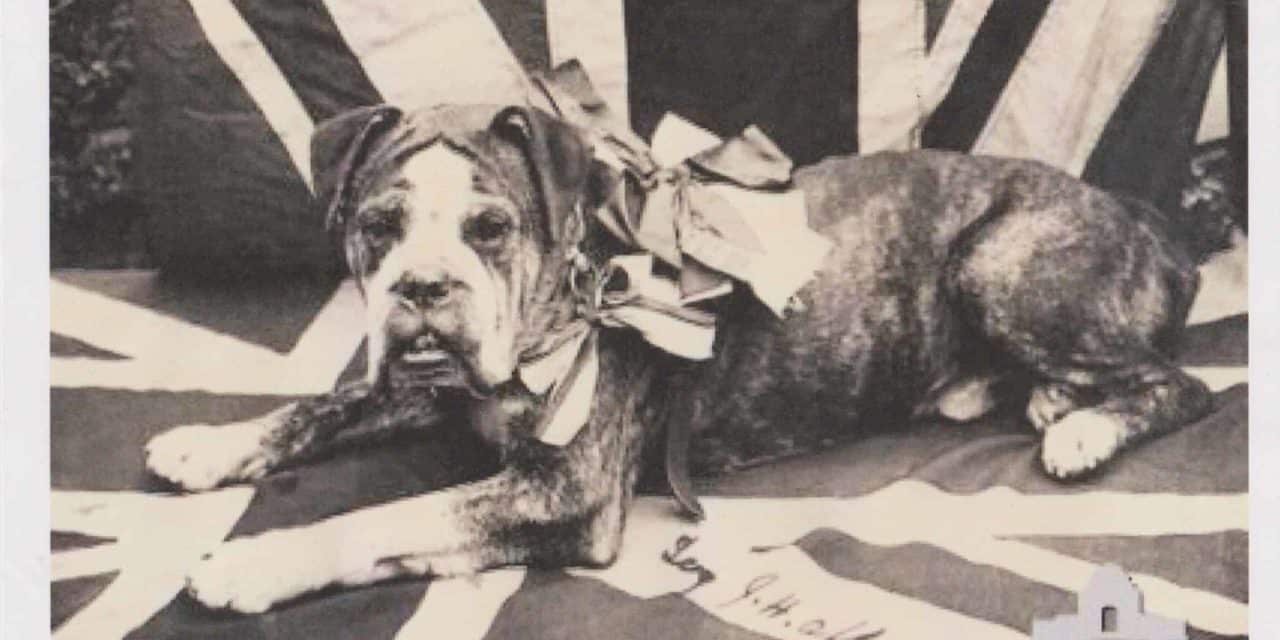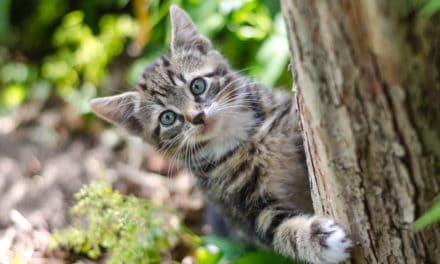Digger the ANZAC War Dog was a dark brown and white bulldog who accompanied his owner, Sergeant James Harold Martin, during his three and a half years with the AIF.
Digger’s remarkable service is described as how he ‘went over the top’ 16 times and had been through some of the worst battles on Gallipoli and the Western Front in WWI.
In 2017, the Australian War Animal Memorial Organisation (AWAMO), a not for profit that raises awareness of the bravery shown by all war animals will establish a memorial at West Croydon RSL in South Australia to commemorate Digger’s unique and incredible story.
Digger the ANZAC War Dog’s story
Digger accompanied his owner, Sergeant James Harold Martin, during his service overseas and is said to have served three and a half years with the AIF.
Martin, an electrician from Hindmarsh in South Australia enlisted on 18 September 1914, at the age of 22. Digger seems to have been a stray dog that attached himself to soldiers training at Broadmeadows and followed them down to the troopships. Martin adopted him as a mascot and he and Digger sailed from Melbourne on 20 October 1914.
Martin served initially with 1 Division Signal Company on Gallipoli but transferred to 2 Division Signal Company in July 1915. He remained with the company, attached to the Engineers, during his service on the Western Front in France and Belgium. Digger’s remarkable service is described how Digger ‘went over the top’ 16 times and had been through some of the worst battles on Gallipoli and the Western Front. He had been wounded and gassed at Pozieres in 1916, shot through the jaw, losing three teeth, was blinded in the right eye and deaf in the left ear.
At the sound of a gas alarm, it was reported that Digger would rush to his nearest human companion to have his gas mask fitted. There are also accounts of how Digger would take food to wounded men stranded in no man’s land, sometimes bringing back written messages.
Martin returned to Australia on 12 May 1918 and was discharged medically unfit. Digger accompanied him as strict quarantine regulations relating to the arrival of dogs in Australia from overseas did not come into force until June 1918. He and Digger settled in Sydney. Upon their return to Australia, Sergeant Martin and Digger continued to do their bit for the war effort by attending ceremonies and marches in support of recruitment, fundraising and returning men.
Digger had been wounded and gassed at Pozieres in 1916 and needed cod liver oil for his burns. This was expensive so a picture postcard of Digger, wearing the inscribed silver collar made for him on his return to Australia was produced. The money realised from its sale was used to buy the oil. It is said that the dog was also presented with a free tram and rail pass so that he could accompany Martin.
Digger the ANZAC War Dog died, as an old dog, on Empire Day (24 May – year not known) when he was frightened by the celebratory fireworks. Thinking he was under fire again he attempted to jump the fence but failed and fell back with a burst blood vessel. Digger managed to crawl back into the house and died on Martin’s bed. Martin was in the Prince of Wales Hospital at Randwick at the time, but he arranged through Mrs J A Little, a volunteer who visited the hospital twice a day to the help the soldiers there, to have Digger’s hide tanned. This is at the Australian War Memorial, Canberra.
Contribute to Digger the ANZAC War Dog’s memorial by making a donation to AWAMO or purchase a collectable pin or coin via Great Southern land Collectables.







